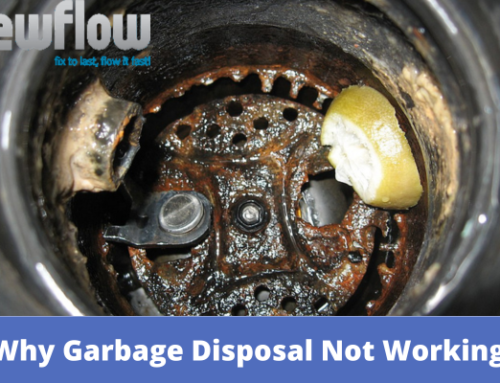A slab leak is one type of plumbing problem that homeowners may confront. Slab leaks occur when pipes beneath a building’s concrete foundation begin to leak, potentially causing structural damage and necessitating costly repairs. In this post, we’ll look at the incidence of slab leaks, the warning signals to look for, and the necessity of treating them as soon as possible.
What Is A Slab Leak?
A slab leak is any leak in the water supply or sewer pipes that run beneath a building’s concrete foundation. These leaks can occur due to various issues, including improper installation, old pipes, corrosion, or shifting soil.
How Common Are Slab Leaks?
Slab leaks are more common than you may believe. While an exact frequency rate is impossible to quantify, industry estimates imply that slab leaks account for a considerable share of plumbing troubles seen by homeowners. The age of the building, location, soil conditions, and the quality of the plumbing system can all increase the probability of a slab leak.
What Are The Signs of Slab Leaks?
Detecting slab leaks early is critical to preventing further damage. Here are some common signs of a slab leak:
- Unexplained increase in water bills
- Even when all fixtures are turned off, running water is heard
- Floor patches that are warm or cold
- Cracks in the walls or the flooring
- Wet or damp carpeting or flooring
- Mildew or mold growth
- Water pressure has been reduced
Why Is Prompt Action Important?
Ignoring slab leaks might have serious ramifications for your house. Leaks can threaten the structural integrity of the building’s foundation over time, resulting in costly repairs. Furthermore, water seepage can produce a climate that encourages mold growth, posing health dangers to inhabitants. Addressing slab leaks as soon as possible is critical to reducing damage and health problems.
What Repair Methods Are Available?
Slab leaks require the expertise of a licensed plumber. Some common approaches are listed below.
Electronic leak detection: Plumbers use cutting-edge technology to pinpoint the source of a leak without wreaking havoc on the building.
Repiping: Repiping may be necessary in extreme cases, such as when there are multiple leaks or the pipes are severely damaged. New pipes should be installed instead of the old ones to solve the problem permanently.
Pipe relining: Another option is to reline the damaged pipes. This method entails putting a new lining material within an existing line and sealing any leaks or cracks.
Spot repair: Spot repair may be a solution for limited leakage. Plumbers can access the damaged region by cutting a small hole in the concrete slab, repairing the leak, and then sealing the hole.
Conclusion
Slab leaks are a typical plumbing problem that can have severe repercussions if not addressed. Recognizing the indicators of slab leaks and acting quickly is critical to avoid further damage and costly repairs. Slab leaks can be dangerous, so call New Flow Plumbing immediately if you think you have one in your house. Our knowledgeable team can diagnose the condition, recommend appropriate remedies, and ensure the integrity of your plumbing system. Don’t allow slab leaks to damage your property; contact us immediately to schedule a comprehensive examination and confidently address any potential leaks.













